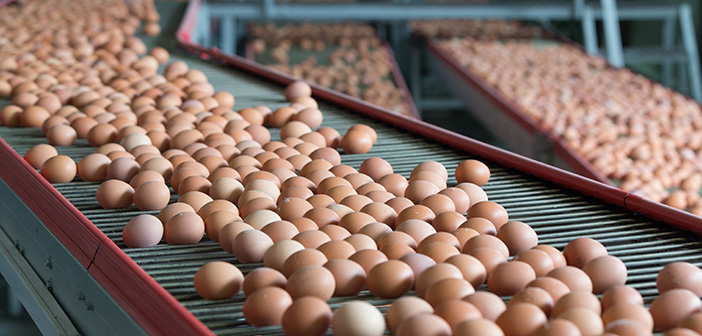New data from the European Commission has shown a dramatic rise in egg imports alongside moderate export growth.
Total imports have risen by 52.1% in the first quarter of 2025 compared to the same period in 2024. Ukraine alone exported 30,077 tonnes of egg to the EU, marking an 81.4% increase year-on-year. North Macedonia more than doubled its exports to the EU, up 118.9%, followed by strong growth from Argentina (+34.1%) and China (+44.3%).
On the export side, the EU shipped 97,557 tonnes of eggs in the first quarter of 2025, up 5.4% from the same period in 2024. The UK remained the top destination, importing 38,509 tonnes, a 13.3% increase. Israel (+38.1%) and Australia (+164.6%) also showed strong demand, while exports to Japan and Switzerland dipped slightly.
The average EU price for Class A eggs stood at €254.39 per 100 kg, reflecting a 30.4% increase year-on-year despite slight recent declines. EU egg prices remain lower than in India (€386.81/100 kg) but higher than in Brazil (€128.35) and the US (€88.04).
Data for 2024 shows the split of production systems. Barn systems are the most common (39.5%), followed by enriched cages (38.0%), free-range (15.8%), and organic (6.7%). Germany leads in barn egg production (53.8%), while France has the highest proportion of free-range hens (32.3%).


